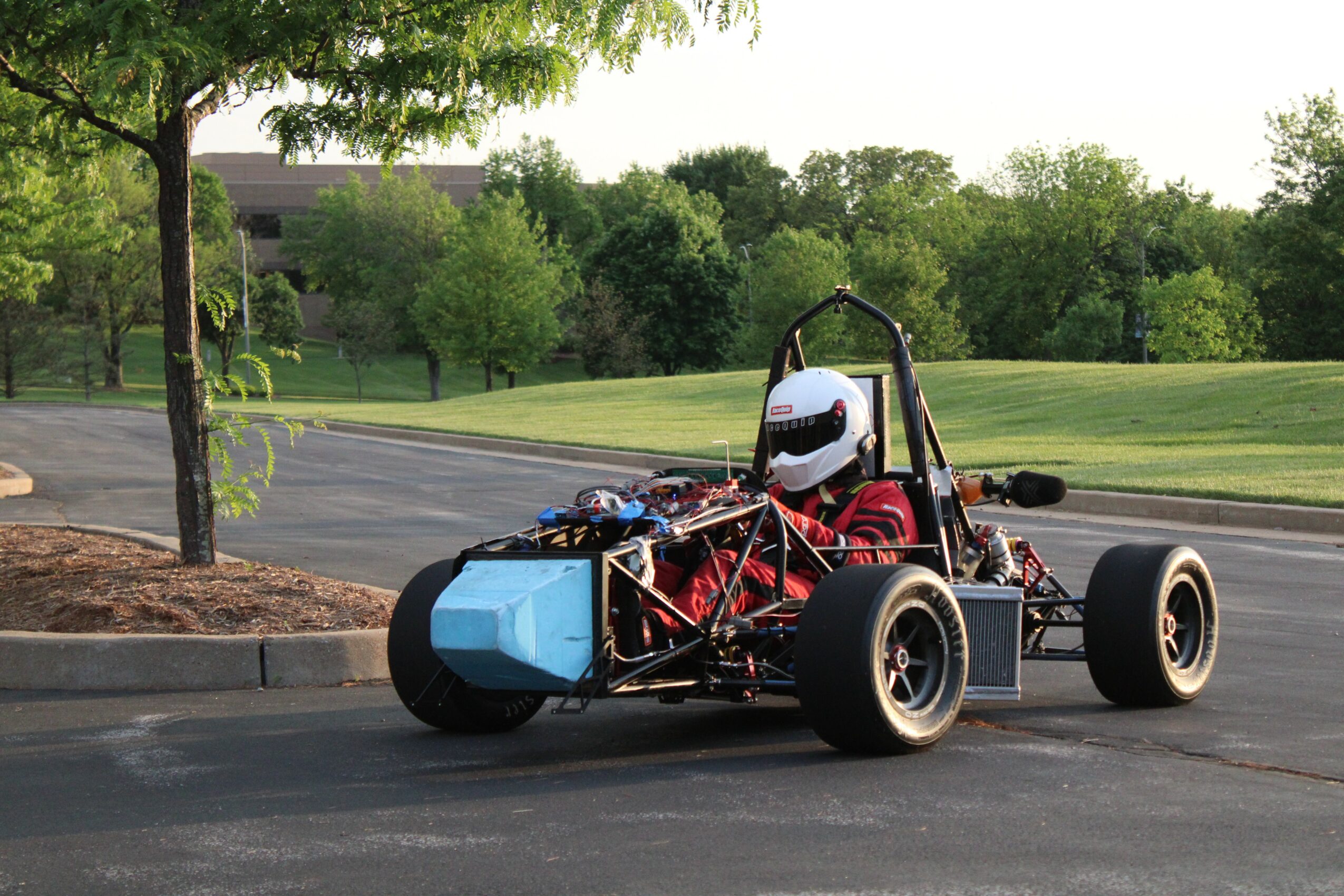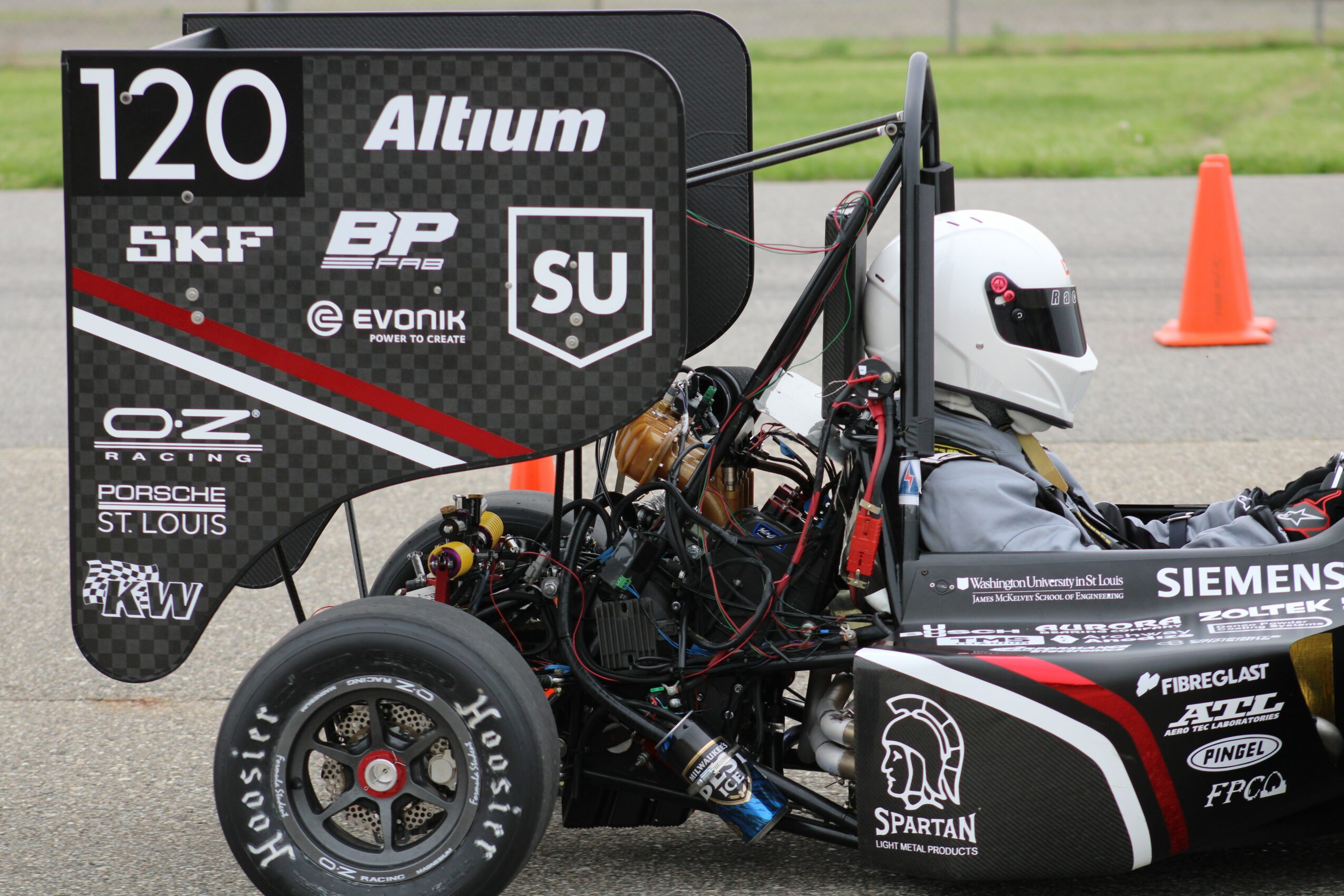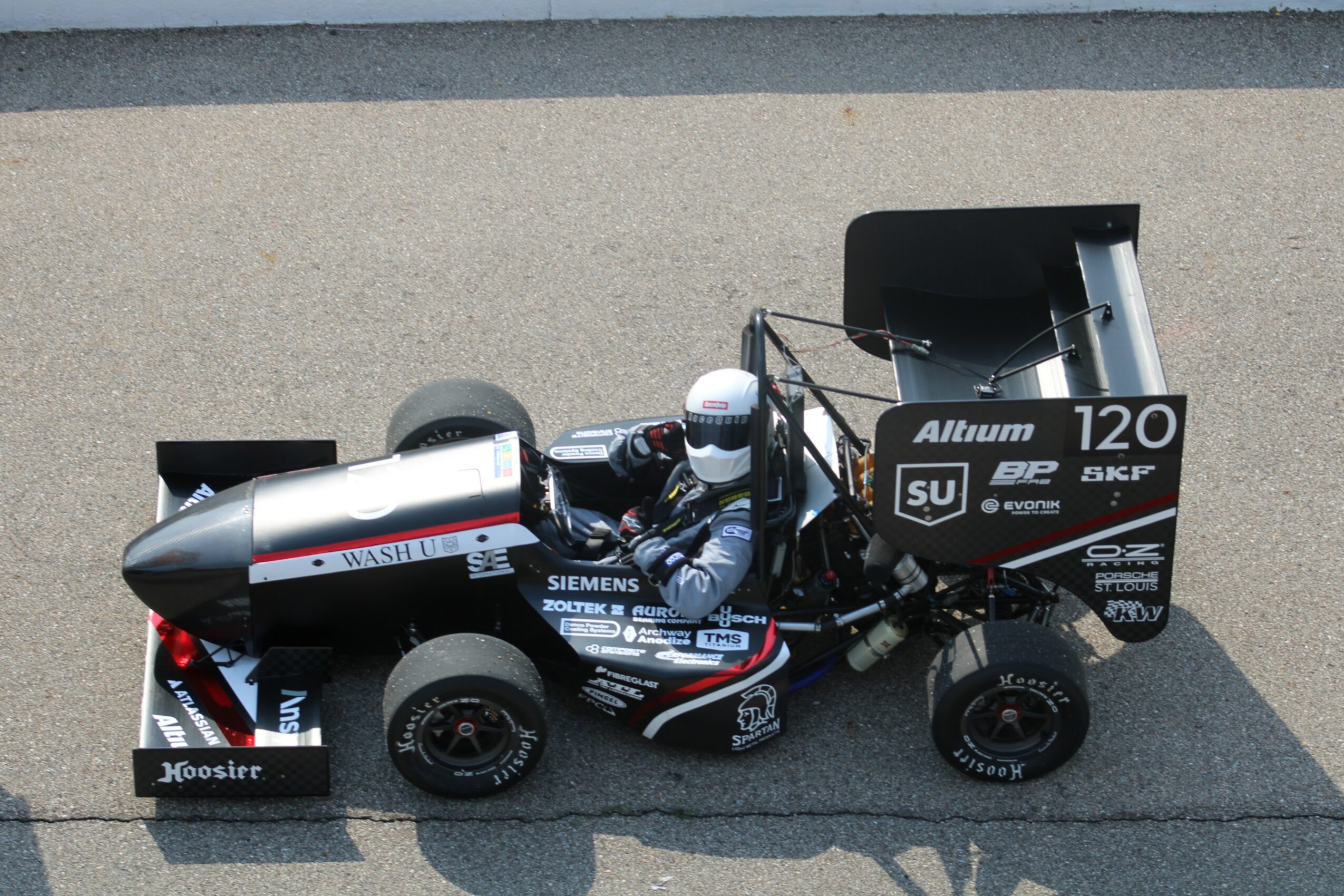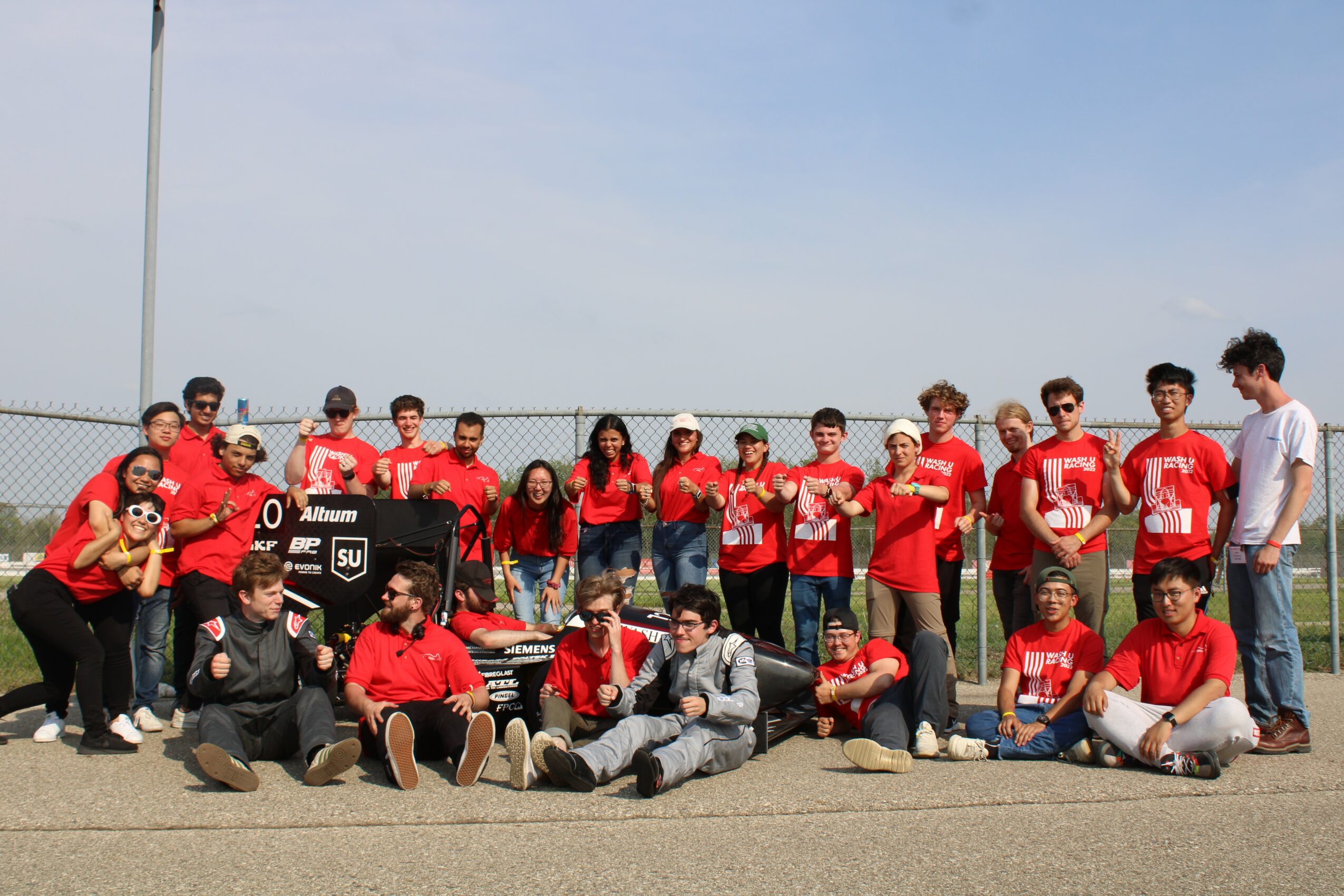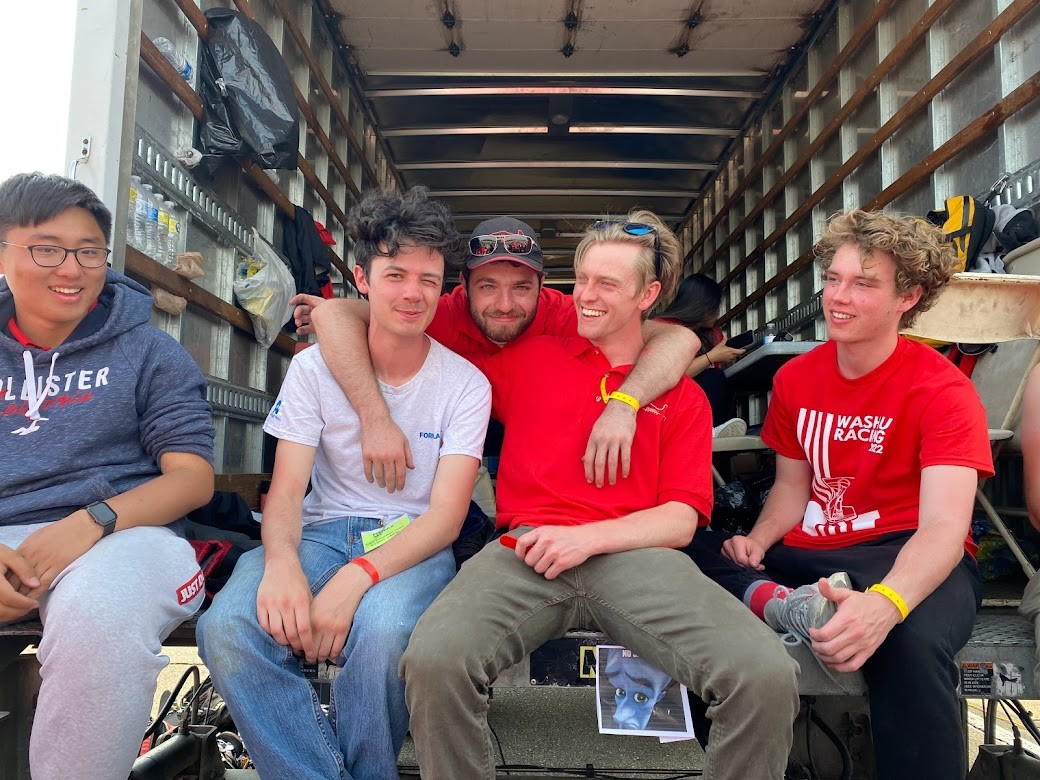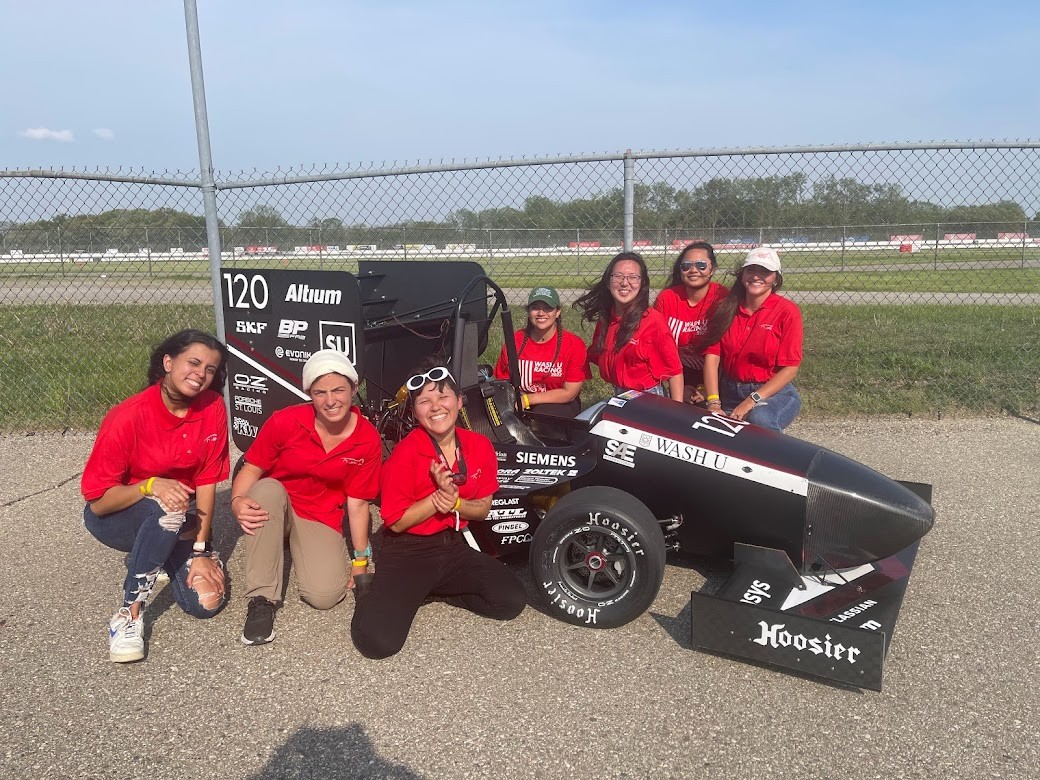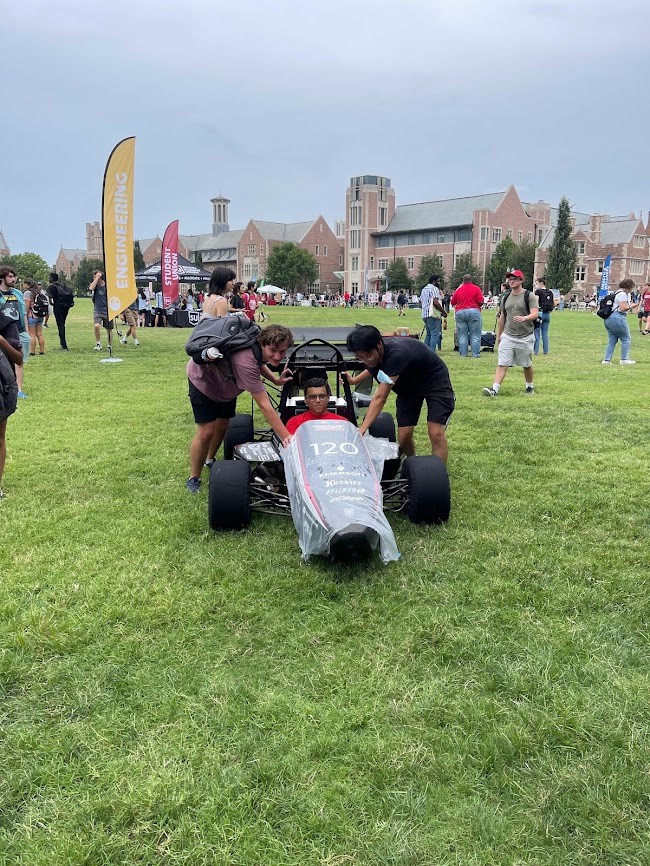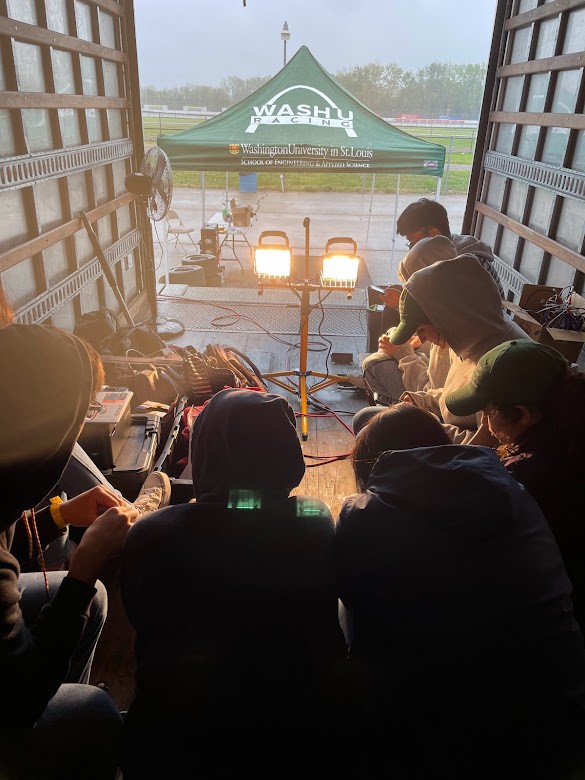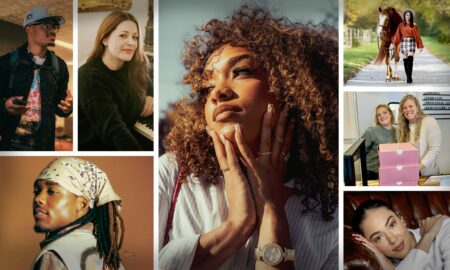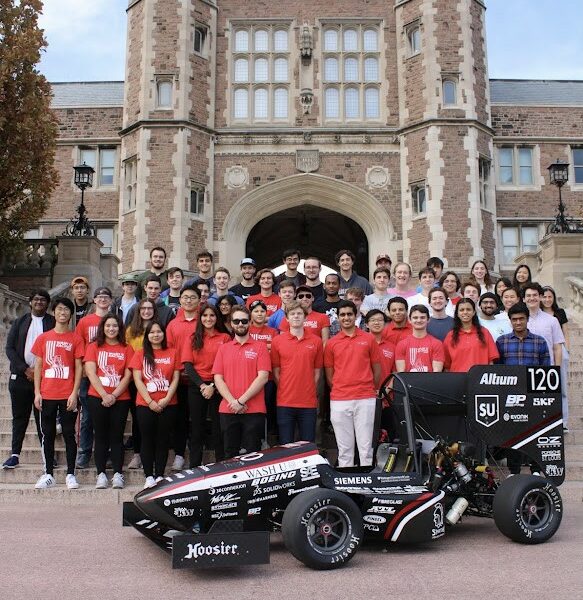

Today we’d like to introduce you to Emily Ma.
Hi Emily, it’s an honor to have you on the platform. Thanks for sharing your story with us – to start, maybe you can share some of your backstories with our readers.
(It’s important to note that I am attempting to represent WashU Racing as an entity! Each member has a unique story and background.)
WashU Racing is Washington University in St. Louis’ Formula Society of Automotive Engineers team that annually designs, builds, and tests a formula-style race car in preparation for competition against student teams from around the world at the Michigan International Speedway. We’re a relatively new team, and our first competition debut was in 2011. The team has seven systems: Aerodynamics, Body, Composites, Chassis, Suspension, Ergonomics, Powertrain, Electronics and Data Acquisition, and Manufacturing; each system is headed by a lead or a pair of co-leads. An enormous amount of work and responsibility is associated with being a system lead. They’re the experts and call the final shots on what happens with their system.
For each new car, the team starts work on the first day back from summer break, and it doesn’t stop until the competition in May. The exec team starts meeting over the summer to set timelines, car, and team goals. The 2022 competition was the first year we had a two-year design and build cycle rather than one year. There was an entire year of design, research, and refinement when everyone was stuck at home due to COVID. As a result, we were able to hit the ground running with the build when the team returned to campus and regained garage access.
The build went right up until during the competition. Thinking and acting fast were important here. During our four days in Michigan, we made final edits to system design binders, rewelded our muffler, changed our shifting, and wrote a whole new business presentation – to name a few items. After the team passed the engine sound test, we followed our 2019 competition timeline nearly to the minute – completing three events and a brake test in under two hours.
The competition was incredibly energizing, we made many friends with other teams, and now we have a solid car. We’re trying to improve and refine some of our previous designs for next year’s car rather than start completely from scratch. Our goal is to get the car on the ground by next February. This is a significantly more aggressive timeline than we’re used to, but the team wants to prioritize testing time this cycle.
For testing days, we’ve gone to a range of go-kart tracks and sponsor parking lots starting as early as possible to sundown. We closely simulate each of the four dynamic events we run at competition — Acceleration, Autocross, Skid-Pad, and Endurance to get our drivers comfortable in the car and how it handles. This is where we try to break the car. We can identify our weaknesses and then fix and reinforce them, so similar issues don’t happen at the competition. We’re hitting important things up front, like testing day procedures, best practices with computer-aided design, and showcasing intersystem dependencies. We’re also emphasizing new member education this year. Seeing that so many people are interested in what we’re doing is gratifying.
Would it have been a smooth road, and what are some of the biggest challenges you’ve faced along the way?
It’s honestly never been a smooth road. Each year, every system adapts and improves its designs, bringing new materials, manufacturing, and building issues. Even when we follow similar protocols from previous years, we’ve run into funding, shipping, and contact issues out of the control that severely slows us down. We’re all students trying to balance our work on the team with difficult courseloads, jobs, research, and other extracurriculars. We’re continuously learning and improving, so we know to only sometimes expect perfection on the first try. This past competition was truly unique for the team. It was our first Formula SAE competition in three years due to COVID-19; of the 26 members that attended, only two had previously been to a competition. We spent an entire year researching and designing the car over Zoom when we couldn’t access the garage. Despite this, our team has grown to over 60 active members and achieved a 12th-place design finish at our first competition!
Thanks for sharing that. You could tell us more about your work.
The team has incredible, incredible grit. There is so much work associated with just being a team member, and there is significantly more work expected of the leads and exec team to keep everything running as smoothly as possible. Our work days are Saturdays, every week, from 10:30 am to whenever you finish your work. Everyone is incredibly dedicated and willing to put in so much time. Of course, this shows at the competition when we finish the car. That’s why everyone joined the team, to begin with. It pays off in other ways, too. The first time we apply the engineering knowledge gained in the classroom is usually on the racing team. We have much more real-world, and applicable experience than most undergraduates come graduation.
What does success mean to you?
On paper, WashU Racing exists to compete in an annual design competition hosted at the Michigan International Speedway against over a hundred other teams. However, each team has a different level of knowledge, resources, funding, and manpower to devote to their car, and each timeline is different. The only bar that WashU Racing strives to surpass is ourselves from the year before. This means hitting tighter timelines, refining designs, validating our physical parts, and testing the car as much as possible. We aim to improve every year and advance our knowledge within the team. We use the knowledge gained from countless hours of work in the past as a starting platform for each new car. We never genuinely start from zero because of the breadth and depth of our knowledge base, and this has allowed us to improve from year to year.
This mindset has proven successful. Last spring, the team finished 12th in the design and 37th overall — ten places higher than our previous competition in 2019. We hope our updated designs will significantly help us surpass this placement this year. It isn’t fruitful to define success by directly comparing ourselves to teams with many times the number of members and many times the amount of budget. If we want to succeed in competition in Michigan, it has to be our way.
Contact Info:
- Website: sae.wustl.edu
- Instagram: https://www.instagram.com/washuracing/
- Facebook: https://www.facebook.com/WashURacing/
